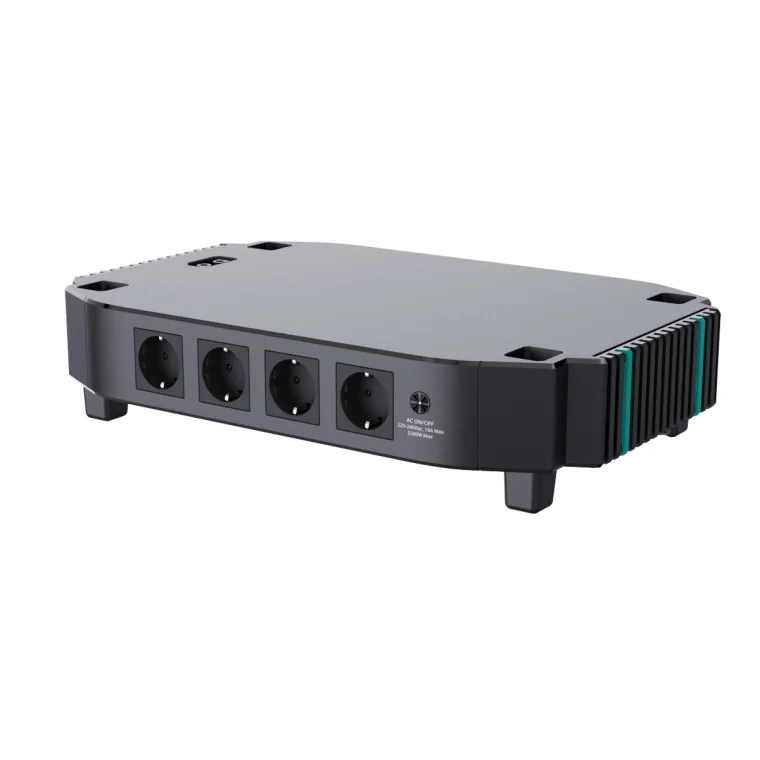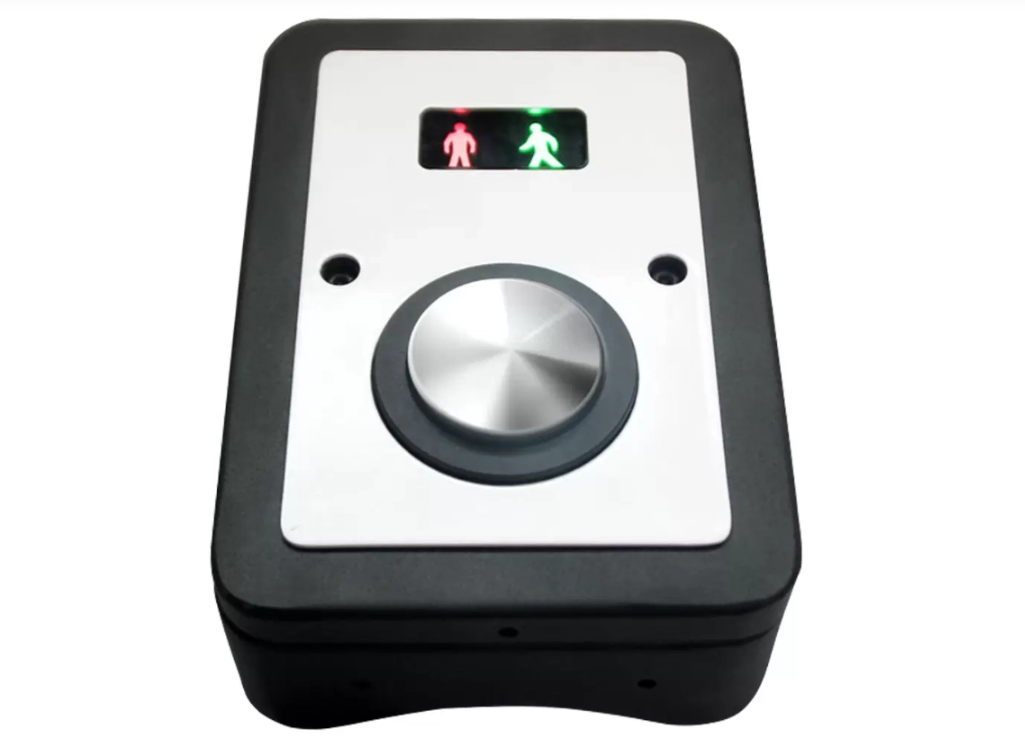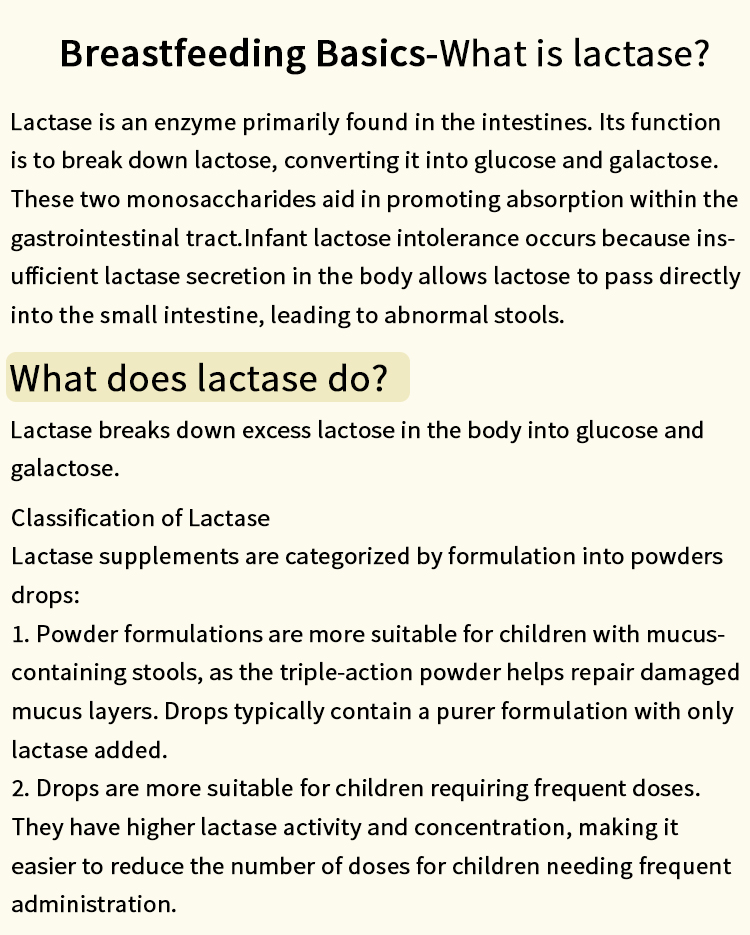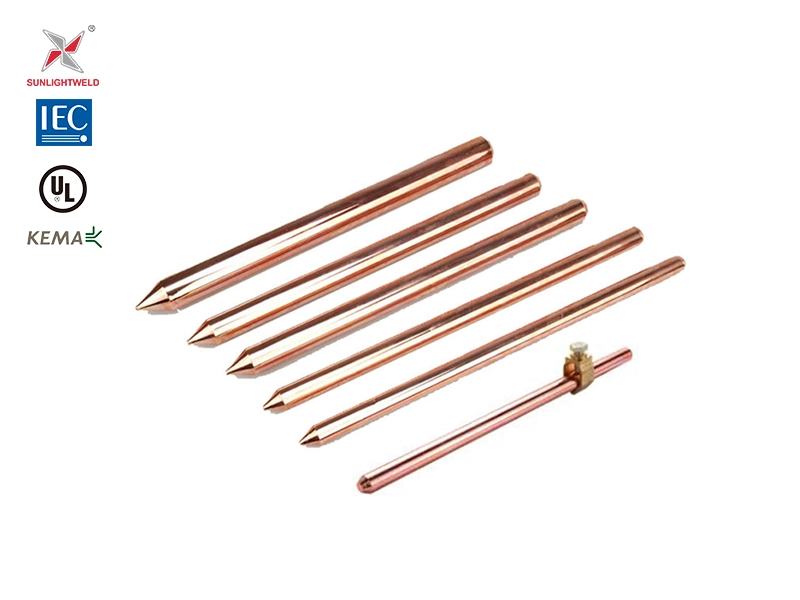In today's visually driven world, high-resolution images are essential for a variety of applications, from marketing materials to website design and digital art. Whether you're a graphic designer, a content creator, or a business owner, understanding how to source and utilize high-resolution images can significantly enhance the quality of your work. This article will delve into the various methods and best practices for obtaining high-resolution images, ensuring that you can elevate your projects to the next level.
Understanding High-Resolution Images
Before diving into the methods of acquiring high-resolution images, it’s crucial to understand what constitutes a high-resolution image. Generally, an image is considered high-resolution if it has a pixel density of 300 DPI (dots per inch) or higher, making it suitable for print media. For digital use, images with dimensions of at least 1920x1080 pixels are often deemed high-resolution. The clarity and detail in high-resolution images are vital for maintaining professionalism and visual appeal in any project.
- Utilizing Stock Photo Websites
One of the most straightforward ways to obtain high-resolution images is through stock photo websites. These platforms offer a vast library of images, often categorized by theme, style, and usage rights. Here are some popular stock photo websites to consider:
- Shutterstock: Known for its extensive collection, Shutterstock provides high-quality images for a subscription fee or on a per-image basis.
- Adobe Stock: Integrated with Adobe Creative Cloud, Adobe Stock offers seamless access to high-resolution images, making it a favorite among designers.
- Getty Images: A premium source for high-resolution images, Getty Images is ideal for professional projects that require top-tier visuals.
When using stock photo websites, always pay attention to licensing agreements. Ensure that the images you select are appropriate for your intended use, whether it’s for commercial or personal projects.
- Exploring Creative Commons and Public Domain Resources
For those on a budget, Creative Commons and public domain resources can be invaluable. Websites like Unsplash, Pexels, and Pixabay offer high-resolution images that can be used for free, often without attribution. However, it’s essential to verify the licensing terms for each image, as some may require attribution or have restrictions on commercial use.
Additionally, platforms like Wikimedia Commons provide access to a vast collection of public domain images. These resources can be particularly useful for educational projects or non-profit initiatives.
- Capturing Your Own High-Resolution Images
If you have access to a good camera, capturing your own high-resolution images can be a rewarding option. Here are some tips for achieving high-quality results:
- Use a DSLR or Mirrorless Camera: These cameras typically offer higher resolution and better image quality than smartphones.
- Shoot in RAW Format: RAW files retain more detail and allow for greater flexibility in post-processing.
- Pay Attention to Lighting: Natural light can enhance the quality of your images, so consider shooting during the golden hour for softer, more flattering light.
- Stabilize Your Camera: Use a tripod to prevent camera shake, especially in low-light conditions.
By capturing your own images, you not only ensure high resolution but also create unique visuals that reflect your brand or style.
- Editing and Enhancing Images
Once you have obtained high-resolution images, editing them can further enhance their quality. Software like Adobe Photoshop or Lightroom allows you to adjust exposure, contrast, and color balance, ensuring that your images are polished and professional. Here are some editing tips:
- Crop for Composition: Use the rule of thirds to create visually appealing compositions.
- Sharpen Details: Apply sharpening filters to enhance the clarity of your images, but be cautious not to overdo it.
- Adjust Color Profiles: Ensure that your images have accurate color representation, especially if they will be printed.
- Optimizing Images for Web Use
High-resolution images can be large in file size, which may slow down your website. To optimize images for web use, consider the following:
- Compress Images: Use tools like TinyPNG or ImageOptim to reduce file size without sacrificing quality.
- Choose the Right Format: JPEG is ideal for photographs, while PNG is better for images with transparency or text.
- Implement Responsive Design: Ensure that images are appropriately sized for different devices to enhance user experience.
Conclusion
Acquiring high-resolution images is a multifaceted process that involves understanding your needs, exploring various resources, and applying best practices in photography and editing. By utilizing stock photo websites, exploring Creative Commons resources, capturing your own images, and optimizing them for web use, you can ensure that your projects stand out with stunning visuals. As you embark on your journey to find high-resolution images, remember that quality matters, and investing time in sourcing the right visuals will pay off in the long run.





